How to prepare butter
The first step is to deliver completely clean and pasteurized milk to butter factories without the slightest contamination.
Initial rubbing
The cream enters the creaming cylinder, which has a stirring device and a motor with the ability to adjust different speeds. The churning cylinder quickly stirs the cream and turns it into butter, and after that, the seeds and buttermilk are transferred to the separation section, which is also called the primary rubbing section. In this part, the butter is separated from the buttermilk and the first stage of washing the buttermilk is done by this cooled buttermilk which has flowed again in the machine.
Secondary rubbing
Then the material is pushed to the next stage by means of a screw-like tool and rubbed. With the help of this section, the butter is transferred to the pressing and drying section. In fact, this section has a funnel-shaped channel and a perforated plate through which the butter passes. The pressing and drying section removes the buttermilk remaining in the butter and directs the butter grains to another section called secondary rubbing.
This section performs the rubbing operation in vacuum mode to reduce the air in the butter as much as possible. After performing the above processes, the final product is taken out from the exit part, which is in the form of a continuous strip. The resulting product is transferred to packaging machines with the help of storage container.
Butter production using non-continuous method
In the non-continuous method, a churning wheel is used in such a way that the cream is placed inside this wheel and the faster the cream is stirred, the faster the churning process is done.
Standard duration mode for Korea
In the standard mode, the time required to produce butter is 35 to 45 minutes. This section has a glass window where you can see the complete process of butter production from this section.
buttermilk production
If you observe this process through a glass window, you will see that first the cream flows like milk and gives a milky matte color to the glass, then gradually the grains of butter appear on the glass.
After the formation of butter grains is observed, the rotation speed of the wheel is reduced and they continue to rotate the material slowly for a few minutes, and then they stop it and remove the buttermilk produced from buttering.
After removing the buttermilk, the butter grains are washed and salted, then the butter rubbing operation begins. Rubbing the butter causes the grains of butter to stick together and distribute the water particles evenly in the oil.
The wheel itself can be used to rub the butter in such a way that after washing the butter grains, the wheel is turned slowly, as a result, with the help of the pressure exerted on the butter material and the blows that occur when the material hits the wall of the wheel, Butter is rubbed.
packing
The materials that are used for the packaging of butter production must have characteristics such as being impervious to aromatic substances, fat, light, moisture, etc. If these conditions are not considered, it will cause the butter to oxidize and change its color to a deep yellow.
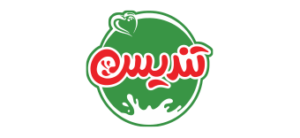
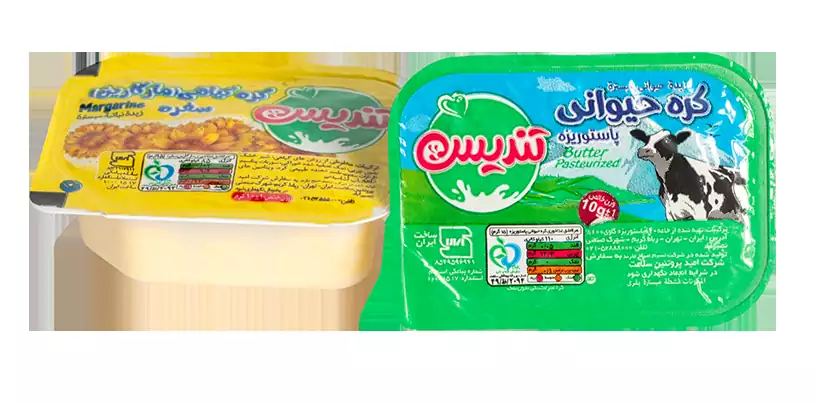
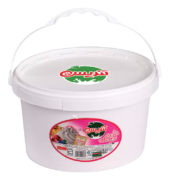
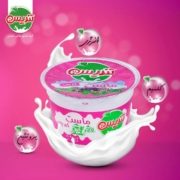
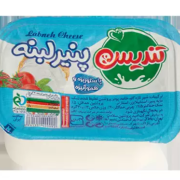
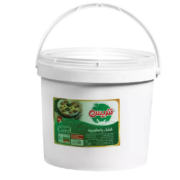
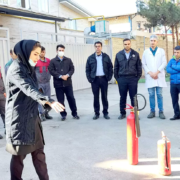
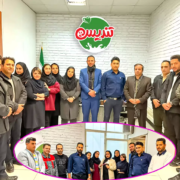
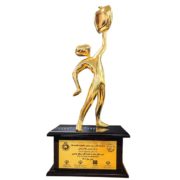


Leave a Reply
Want to join the discussion?Feel free to contribute!